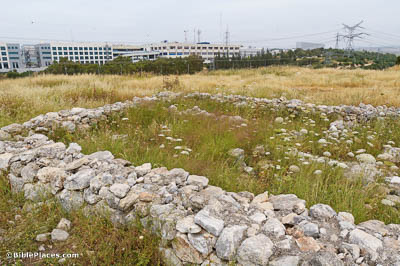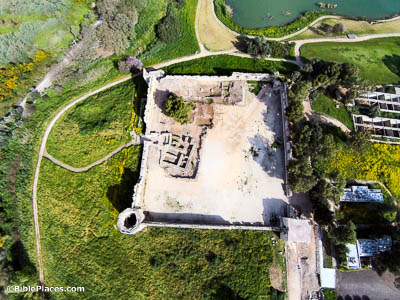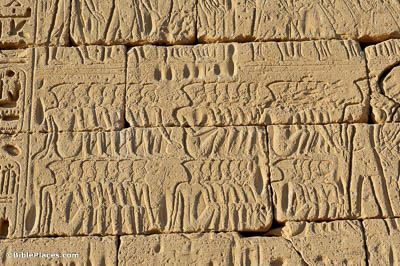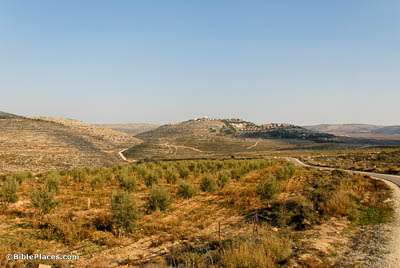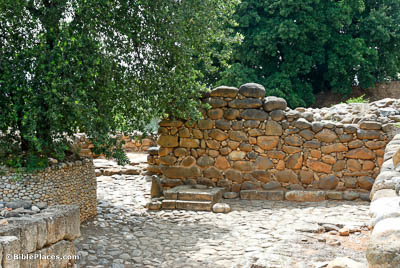Israel went out to meet the Philistines in battle and encamped beside Ebenezer (4:1).
Ebenezer is typically identified with Izbet Sartah, which fits the geographical context of 1 Samuel 4 (which mentions Aphek) and the archaeological setting of the early Israelite-Philistine conflict (Iron Age I Israelite remains). The reference to Ebenezer in 1 Samuel 7:12 may indicate either that there were two distinct sites named Ebenezer or simply that the latter recalled the earlier conflict with the Philistines. In any event, the literary connection between the two Ebenezers is strong.
